Super Bowl in the Library
America’s professional football championship game was played on Sunday, Feb. 5, but it’s much more than an important sporting event. The activity is the centerpiece of what has become America’s unofficial major holiday, a day known as Super Bowl Sunday.
Millions of Americans build Super Bowl Sunday around having parties with friends and relatives, spending billions of dollars in the process and, of course, watching the big game on TV. But they keep their eyes glued to the television not just for the football action but also to see the latest high-priced commercials as well as the glitz and glamor of the Super Bowl halftime show.
This past Sunday, Feb. 5, the same day as the game,17 members of the library’s Talk Lab English Club learned about the Super Bowl phenomenon and its role in American culture. The presentation included some brief explanations about American football and some football idioms that have become part of everyday English, especially in business conversations.
Here are examples:
~ Tackle a problem: taking responsibility to solve a problem
~ Carry the ball: to take charge, to assume responsibility
~ Drop the ball: to miss an opportunity
~ Game plan: strategy
~ Pep talk: a motivational speech or words of encouragement
~ Tailgate party: a social event held on or around the open tailgate or trunk of a motor vehicle (see photo)
American football, of course, differs from European football in many ways, including in the type of uniforms worn by professional players. American footballers wear protective helmets as well as thick padding to protect the shoulders, hips and knees during violent collisions. The European brand of football – which Americans call “soccer” – has its athletes playing in shorts and shirts, without any padding.
The shape of the ball also is a major difference. Americans use an oval ball (see photo) instead of a round one. Under the rules of American football, players not only can kick the ball but also throw it and run with it.
The fans of American and European football, though, may be similar in their enthusiasm. Many attend the games with their faces painted in team colors, while wearing the jerseys of their favorite team, often with additional ornaments. (See photos.)
Football has become the most popular sport in America, exceeding even baseball, which has been known as “America’s pastime.” The Feb. 5 Super Bowl championship itself drew a record television audience of 111.3 million viewers.
Because so many people watch the Super Bowl, the prices charged for TV commercials broadcast during the game have become quite expensive. This year, the average cost was $3.5 million for a 30-second advertisement, which equates to $116,667 per second. At those prices, companies go all out with clever scenarios and often hire famous actors to appear in the commercials. Many Americans then talk about the advertisements for several days, creating what people in the industry call a “buzz.”
Americans also buzz about the halftime entertainment, which feature the top singers, musicians and dancers, all in a huge 30-minute extravaganza with special lighting effects and other gimmicks. Past performers include Michael Jackson, The Rolling Stones, The Who, The Black Eyed Peas, and Janet Jackson and Justin Timberlake, who are remembered for their “wardrobe malfunction.” This year’s star was Madonna.
With all this entertainment on top of a championship football game, Americans are ready to party. The amount of food consumed on Super Bowl Sunday is second only to the amount on America’s Thanksgiving holiday.
So, on Super Bowl Sunday, Americans:
~ Spend $1.25 billion dollars eating 100 million pounds of chicken wings
~ Snack on 38 million pounds of popcorn, 11.2 million pounds of potato chips, 8.2 million pounds of tortilla chips, 8 million pounds of avocado used as guacamole, 4.3 million pounds of pretzels and 2.5 million pounds of various types of nuts
~ Quench their thirst with 51.7 million cases of beer (with 24 bottles or cans of beer in a case)
Those are just the snacks. There also are tons of hot dogs, hamburgers and pizza. One American pizza chain – Domino’s – expected to deliver 9 million pizzas. And that was just one pizza company.
After all this eating and drinking, many Americans have stomachaches, so the makers of antacids usually expect their sales to increase by 20 percent!
By the way, this year’s Super Bowl championship pitted the New York Giants against the New England Patriots, with the Giants winning 21-17. More Photos.




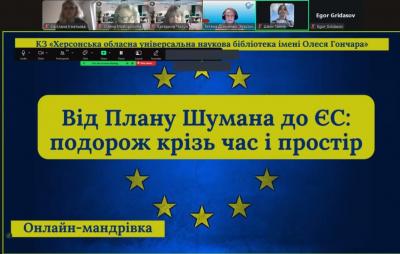
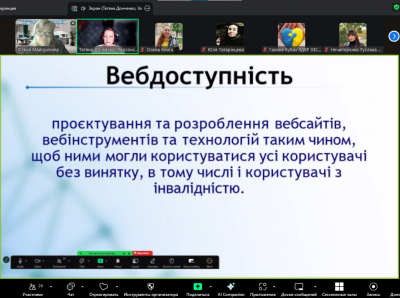
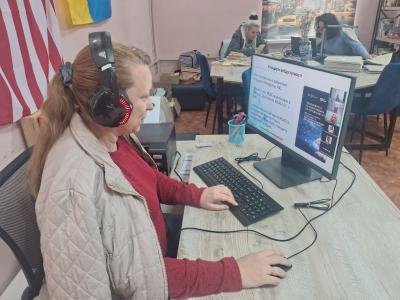
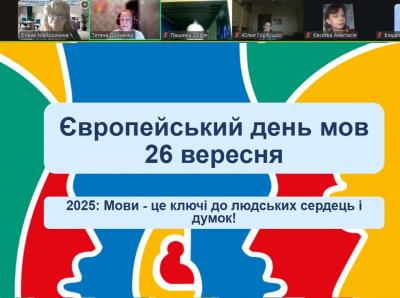
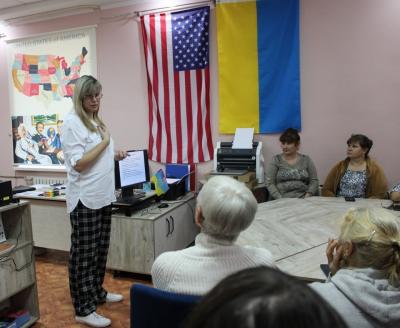
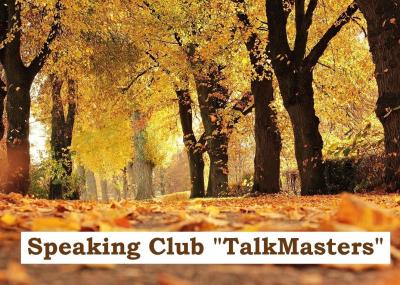
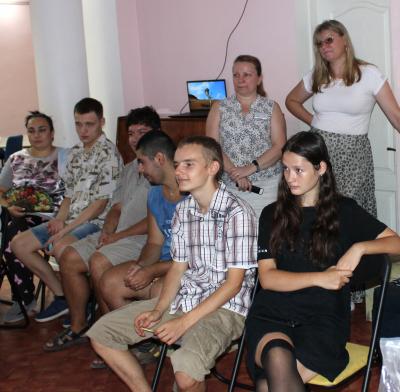
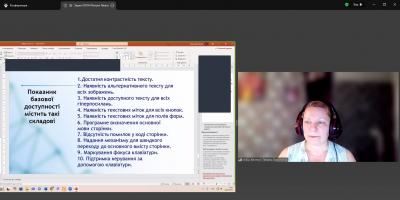
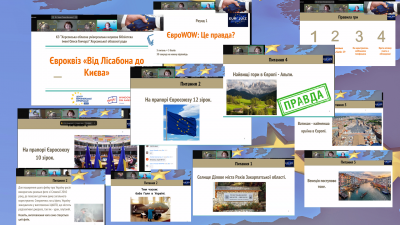
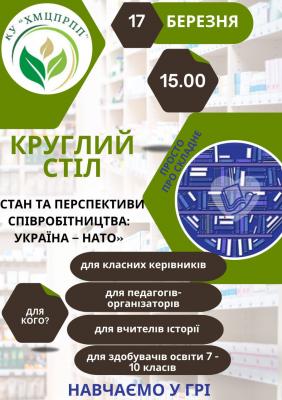

Comments
Just go to show how we love our sports...
http://mhlnk.com/6A6DAE8F